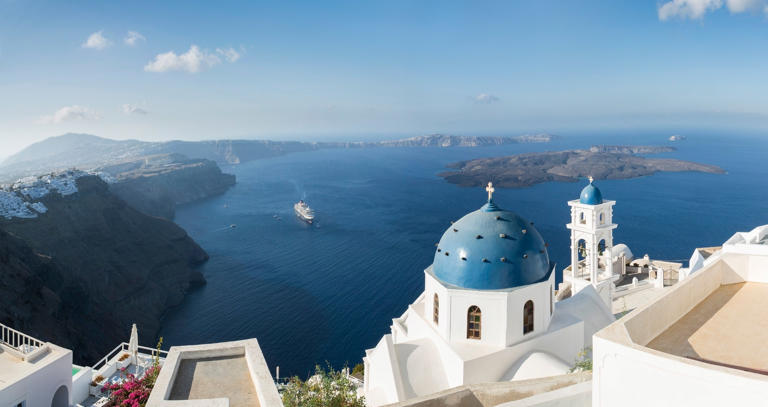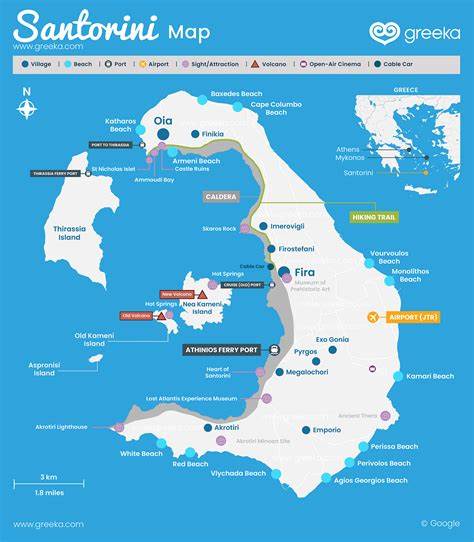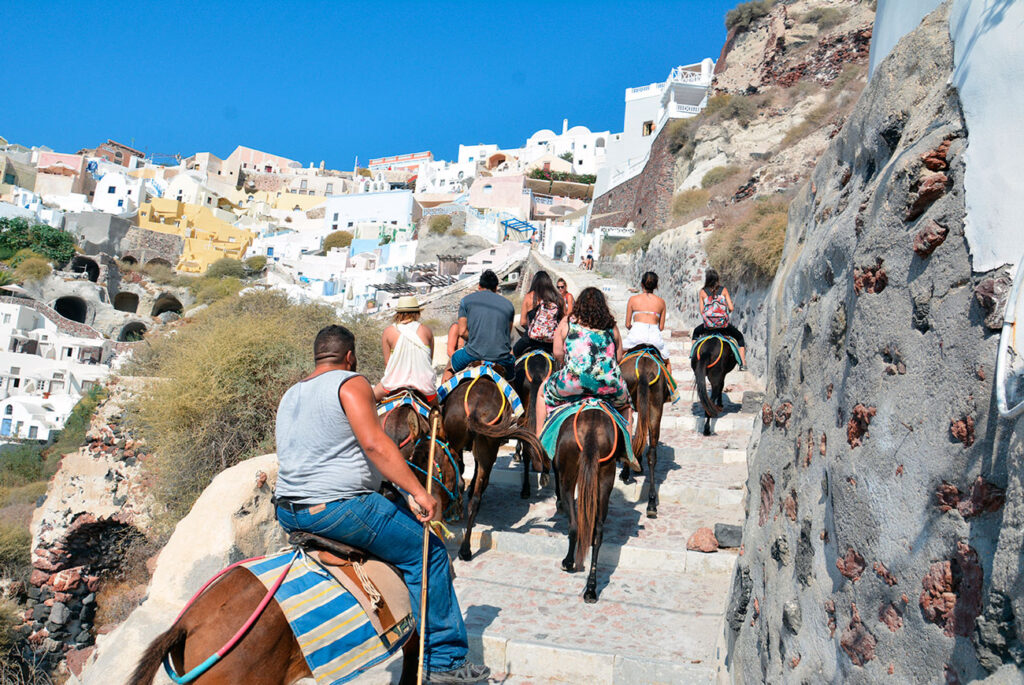asna/asno (p)
donkey (e)
ânesse/âne (f)
asina/asino (I)
burra/burro (s)
santorini, greece

So, we’re back in Europe this week. Santorini is a Greek island in the southern Aegean, north of Crete. It was a larger island named Strogili until about 1600 BCE when a massive volcanic eruption caused most of the island to collapse, leaving the crescent shaped island of Santorini and several other islands still above sea level. The caldera (meaning a large pot-shaped or cauldron shaped hollow that forms after magma has flowed out of a volcano) filled with sea water, creating the spectacular place now known to the world as Santorini. It’s the largest caldera in Europe and the fifth biggest in the world. (The largest caldera is the Apolaki caldera, which is an underwater caldera in the Philippines, so not that spectacular.) The depth of the water in the Santorini caldera can be as much as 385 meters (making it impossible to anchor) and some of the cliffs rise almost 300 meters from sea level.

And known to the world, it is. It’s hard to look through a travel publication without coming across a picture of the caldera, usually from a pool deck at a spectacular hotel on the cliffs. Although Santorini has an airport, the vast majority of its visitors arrive by sea. There are ferries to Santorini from Piraeus (the port of Athens) and other islands, but the vast majority of visitors arrive by cruise ship.
Santorini doesn’t have docks big enough for cruise ships so most anchor out in the caldera and bring passengers in via small tenders. So, instead of tracking arrivals for Santorini, what’s tracked are approaches. And approaches there are. In 2023, Santorini had 800 approaches (that is 800 ships visited), disgorging 1, 298,968 passengers. That beat out the other most famous Greek island, Mykonos with 749 arrivals and 1,192,822 passengers. On some days, up to eight cruise ships can be out in the caldera. The Cruise Lines International Association (CLIA) has committed to maintain a daily limit of 8,000 passengers, but with the permanent population of Santorini being no more than 16,000 people, you can imagine 8,000 passengers coming ashore can change your day.

A large number of passengers set foot on Santorini from their tenders at the port of Athinios, which is at the base of the biggest town, Fira. Of course, everyone wants to get the top. It’s a very steep hike. There is a cable car that takes you to the top in three minutes. And then there are the donkeys.

Donkeys are members of the horse family, with long ears and a shorter, sturdier build than most horses. For thousands of years, they have been used as working animals, carrying loads or pulling carts. They are known for their braying which can be very loud. If you’re thinking of adopting one, don’t. They are very social and like to have company. You’ll need to adopt two (or more).
Donkeys are used to take tourists up to Fira and along other paths in Santorini. It’s controversial. There are concerns about whether the donkeys are properly taken care of; whether they are being actively mistreated; and, more and more, there are concerns about the size and weight of the tourists riding the donkeys of Santorini. So, if you do visit Santorini, consider the cable car instead or walking some of the footpaths instead of donkey power.